�
Merriam-Webster's Vocabulary Builder
Second Edition
Mary Wood Cornog
Merriam-Webster, Incorporated
Springfield, Massachusetts
A GENUINE MERRIAM-WEBSTER
The name Webster alone is no guarantee of excellence. It is used by a number of publishers
and may serve mainly to mislead an unwary buyer.
Merriam-Webster™ is the name you should look for when you consider the purchase of
dictionaries or other fine reference books. It carries the reputation of a company that has been
publishing since 1831 and is your assurance of quality and authority.
Copyright © 2010 by Merriam-Webster, Incorporated
Merriam-Webster's Vocabulary Builder, Second Edition.
ISBN 978-0-87779-795-1
All rights reserved. No part of this work covered by the copyrights hereon may be reproduced or
copied in any form or by any means—graphic, electronic, or mechanical, including
photocopying, recording, taping, or information storage and retrieval systems—without written
permission of the publisher.
�
CONT E NT S
→ Copyright
→ Introduction
→ Pronunciation Symbols
→ Unit 1
→ Unit 2
→ Unit 3
→ Unit 4
→ Unit 5
→ Unit 6
→ Unit 7
→ Unit 8
→ Unit 9
→ Unit 10
→ Unit 11
→ Unit 12
→ Unit 13
→ Unit 14
→ Unit 15
→ Unit 16
→ Unit 17
→ Unit 18
→ Unit 19
→ Unit 20
→ Unit 21
→ Unit 22
→ Unit 23
→ Unit 24
→ Unit 25
→ Unit 26
→ Unit 27
→ Unit 28
→ Unit 29
→ Unit 30
→ Answers
→ Index
�
INTRODUCTION
to the Second Edition
Merriam-Webster's Vocabulary Builder is designed to achieve two goals: (1) to add a large
number of words to your permanent working vocabulary, and (2) to teach the most useful of the
classical word-building roots to help you continue expanding your vocabulary in the future.
To achieve these goals, Merriam-Webster's Vocabulary Builder employs an original
approach that takes into account how people learn and remember. Some vocabulary builders
simply present their words in alphabetical order; some provide little or no discussion of the
words and how to use them; and a few even fail to show the kinds of sentences in which the
words usually appear. But memorizing a series of random and unrelated things can be difficult
and time-consuming. The fact is that we tend to remember words easily and naturally when they
appear in some meaningful context, when they've been shown to be useful and therefore worth
remembering, and when they've been properly explained to us. Knowing precisely how to use a
word is just as important as knowing what it means.
Greek and Latin have been the sources of most of the words in the English language (the
third principal source being the family of Germanic languages). All these words were added to
the language long after the fall of the Roman empire, and more continue to be added to this day,
with most new words—especially those in the sciences—still making use of Greek and Latin
roots. A knowledge of Greek and Latin roots will not only help you remember the meanings of
the words in this book but will help you guess at the meanings of new words that you run into
elsewhere. Remember what a root means and you'll have at least a fighting chance of
understanding a word in which it appears.
The roots in this book are only a fraction of those that exist, but they include almost all the
roots that have produced the largest number of common English words. All these roots
(sometimes called stems) formed parts of Greek and Latin words. Some are shown in more
than one form (for example, CRAC/CRAT), which means that they changed form in the original
language, just as buy and bought are forms of the same English word.
Each of the more than 250 roots in this book is followed by four words based on the root.
Each group of eight words (two roots) is followed by two quizzes. Every fifth group of words is a
special eight-word section which may contain words based on classical mythology or history,
words borrowed directly from Greek or Latin, or other special categories of terms. Each set of
40 words makes up a unit. Thus, the 30 units in the book discuss in detail a total of 1,200 words.
In addition, the brief paragraphs discussing each word include in italics many words closely
related to the main words. So mastering a single word (for example, compel) can increase your
vocabulary by several words (in this case, compelling, compulsion, and compulsive).
The words presented here aren't all on the same level of difficulty—some are quite simple
and some are truly challenging—but the great majority are words that could be encountered on
the SAT and similar standardized tests. Most of them are in the vocabularies of well-educated
Americans, including professionals such as scientists, lawyers, professors, and doctors. Even
the words you feel familiar with may only have a place in your recognition vocabulary—that is,
the words you recognize when you see or hear them but don't actually use in your own speech
and writing.
Each main word is followed by its most common pronunciation. Any pronunciation symbols
unfamiliar to you can be learned easily by referring to the Pronunciation Symbols table on page
vii.
The definition comes next. We've tried to provide only the most common senses or
meanings of each word, in simple and straightforward language, and no more than two
�
definitions of any word are given. (A more complete range of definitions can be found in a
college dictionary such as Merriam-Webster's Collegiate Dictionary.)
An example sentence marked with a bullet (•) follows the definition. This sentence by itself
can indicate a great deal about the word, including the kind of sentence in which it often
appears. It can also serve as a memory aid; when you meet the word in the future, you may
recall the example sentence more easily than the definition.
An explanatory paragraph rounds out each entry. The paragraph may do a number of
things: It may tell you what else you need to know in order to use the word intelligently and
correctly, when the definition and example sentence aren't enough. It may tell you more about the
word's roots and its history. It may discuss additional meanings or provide additional example
sentences. It may demonstrate the use of closely related words. And it may provide an
informative or entertaining glimpse into a subject related to the word. The intention is to make
you as comfortable as possible with each word in turn and to enable you to start using it
immediately, without fear of embarrassment.
The quizzes following each eight-word group, along with the review quizzes at the end of
each unit, will test your memory. Many of them ask you to fill in a blank in a sentence. Others
require you to identify synonyms (words with the same or very similar meaning) or antonyms
(words with the opposite meaning). Perhaps most difficult are the analogies, which ask that you
choose the word that will make the relationship between the last two words the same as the
relationship between the first two. Thus, you may be asked to complete the analogy “calculate :
count :: expend : ___” (which can be read as “Calculate is to count as expend is to ___”) by
choosing one of four words: stretch, speculate, pay, and explode. Since calculate and count
are nearly synonyms, you will choose a near synonym for expend, so the correct answer is pay.
Studies have shown that the only way a new word will remain alive in your vocabulary is if
it's regularly reinforced through use and through reading. Learn the word here and look and
listen for it elsewhere; you'll probably find yourself running into it frequently, just as when you've
bought a new car you soon realize how many other people own the same model.
Carry this book in your shoulder bag or leave it on your night table. Whenever you find
yourself with a few minutes to spare, open it to the beginning of a brief root group. (There's no
real need to read the units in any particular order, since each unit is entirely self-contained.
However, studying the book straight through from the beginning will ensure that you make
maximum use of it.) Pick a single word or a four-word group or an eight-word section; study it,
test yourself, and then try making up new sentences for each word. Be sure to pronounce every
new word aloud at least once, along with its definition.
Start using the words immediately. As soon as you feel confident with a word, start trying to
work it into your writing wherever appropriate—your papers and reports, your diary and your
poetry. An old saying goes, “Use it three times and it's yours.” That may be, but don't stop at
three. Make the words part of your working vocabulary, the words that you can not only recognize
when you see or hear them but that you can comfortably call on whenever you need them.
Astonish your friends, amaze your relatives, astound yourself (while trying not to be too much of
a show-off)—and have fun!
Acknowledgments: The first edition of this book, written by Mary Wood Cornog, also benefited
from the contributions of numerous members of the Merriam-Webster staff, including Michael G.
Belanger, Brett P. Palmer, Stephen J. Perrault, and Mark A. Stevens. This new edition was
edited by Mark A. Stevens, with assistance from C. Roger Davis and with the support and
encouragement of Merriam-Webster's president and publisher, John M. Morse.
�
Pronunciation Symbols
,
, lock and key
banana, collide, abut
humdrum, abut
immediately preceding
open
further, merger, bird
mat, map, mad, gag, snap, patch
day, fade, date, aorta, drape, cape
bother, cot
car, heart, bazaar, bizarre
now, loud, out
baby, rib
chin, nature
did, adder
bet, bed, peck
bare, fair, wear, millionaire
easy, mealy
fifty, cuff
go, big, gift
hat, ahead
tip, banish, active
near, deer, mere, pier
site, side, buy, tripe
job, gem, edge, join, judge
kin, cook, ache
lily, pool
murmur, dim, nymph
no, own
sing
, singer
bone, know, beau
saw, all, gnaw, caught
coin, destroy
boar, port, door, shore
pepper, lip
,
,
, as in battle, mitten, eaten, and sometimes
, finger
, ink
�
th
red, rarity
source, less
as in shy, mission, machine, special
tie, attack, late, later, latter
as in thin, ether
then, either, this
rule, youth, union
pull, wood, book
boor, tour, insure
vivid, give
we, away
yard, young, cue
zone, raise
as in vision, azure
slash used in pairs to mark the beginning and end of a transcription:
mark preceding a syllable with primary (strongest) stress:
mark preceding a syllable with secondary (medium) stress:
mark of syllable division
, union
, few
, mute
�
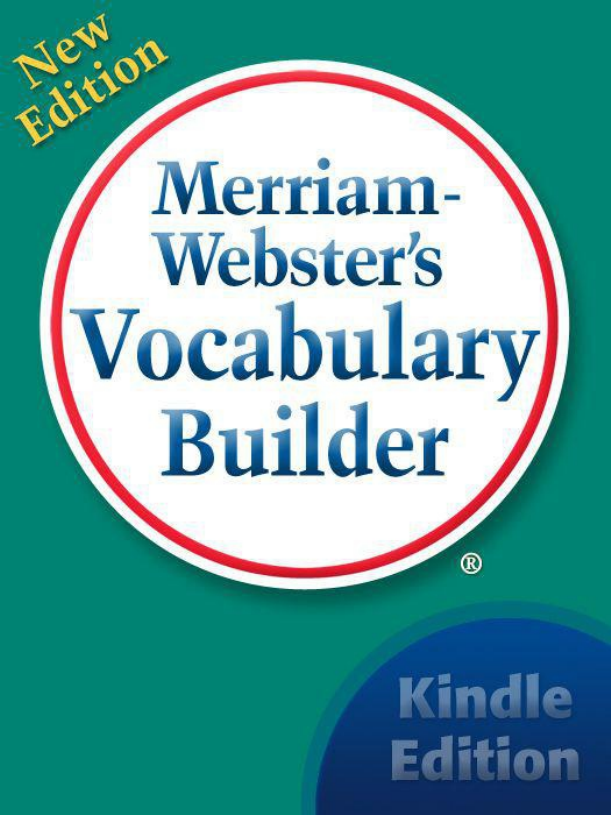

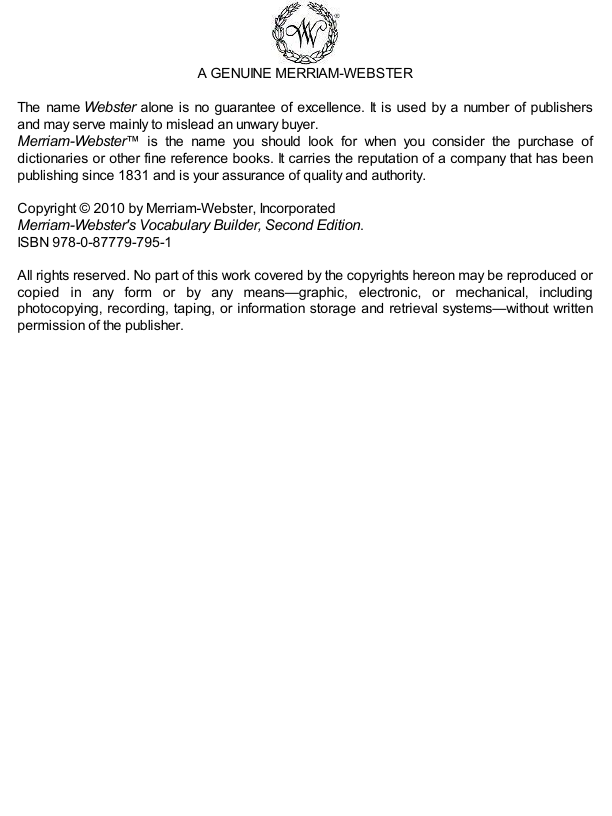

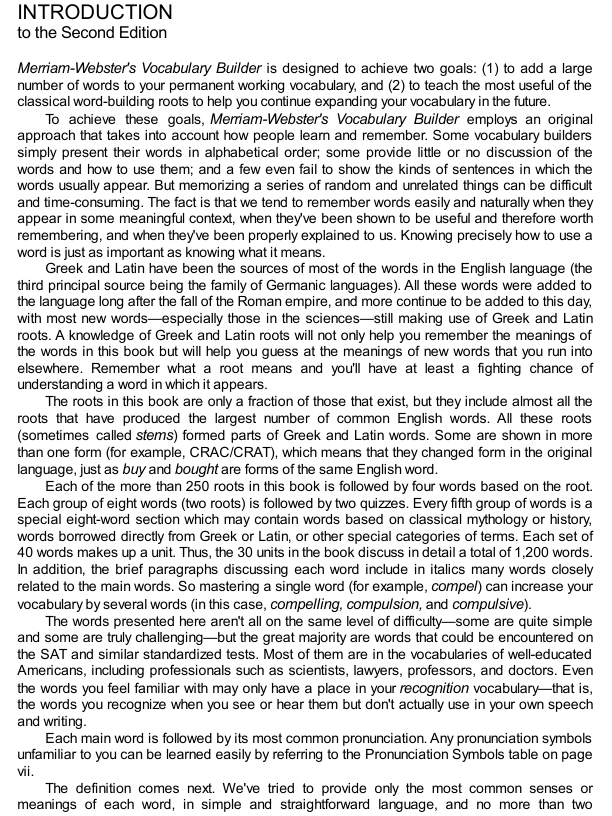

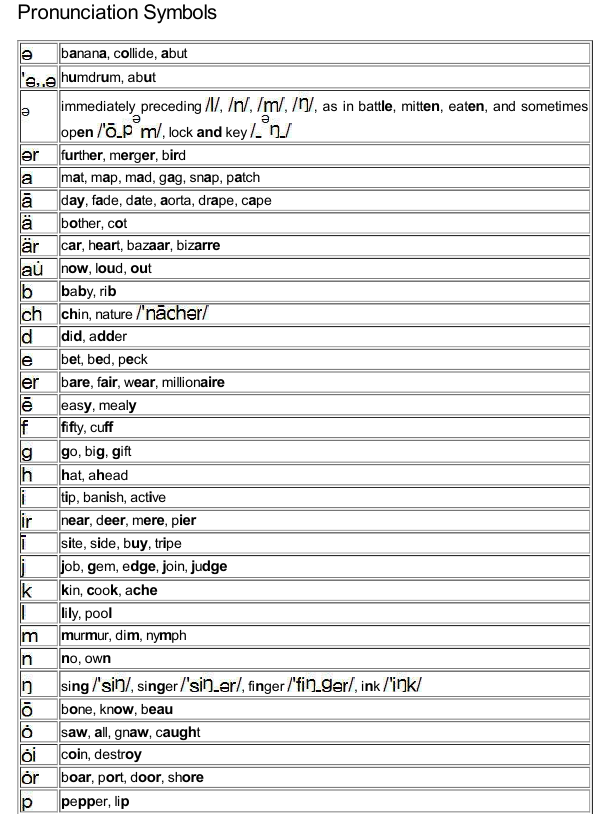
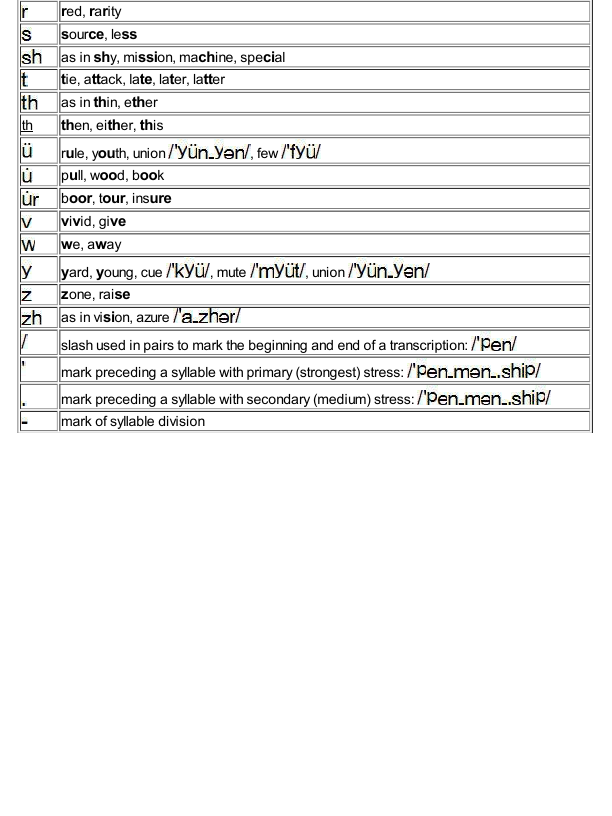








 2023年江西萍乡中考道德与法治真题及答案.doc
2023年江西萍乡中考道德与法治真题及答案.doc 2012年重庆南川中考生物真题及答案.doc
2012年重庆南川中考生物真题及答案.doc 2013年江西师范大学地理学综合及文艺理论基础考研真题.doc
2013年江西师范大学地理学综合及文艺理论基础考研真题.doc 2020年四川甘孜小升初语文真题及答案I卷.doc
2020年四川甘孜小升初语文真题及答案I卷.doc 2020年注册岩土工程师专业基础考试真题及答案.doc
2020年注册岩土工程师专业基础考试真题及答案.doc 2023-2024学年福建省厦门市九年级上学期数学月考试题及答案.doc
2023-2024学年福建省厦门市九年级上学期数学月考试题及答案.doc 2021-2022学年辽宁省沈阳市大东区九年级上学期语文期末试题及答案.doc
2021-2022学年辽宁省沈阳市大东区九年级上学期语文期末试题及答案.doc 2022-2023学年北京东城区初三第一学期物理期末试卷及答案.doc
2022-2023学年北京东城区初三第一学期物理期末试卷及答案.doc 2018上半年江西教师资格初中地理学科知识与教学能力真题及答案.doc
2018上半年江西教师资格初中地理学科知识与教学能力真题及答案.doc 2012年河北国家公务员申论考试真题及答案-省级.doc
2012年河北国家公务员申论考试真题及答案-省级.doc 2020-2021学年江苏省扬州市江都区邵樊片九年级上学期数学第一次质量检测试题及答案.doc
2020-2021学年江苏省扬州市江都区邵樊片九年级上学期数学第一次质量检测试题及答案.doc 2022下半年黑龙江教师资格证中学综合素质真题及答案.doc
2022下半年黑龙江教师资格证中学综合素质真题及答案.doc